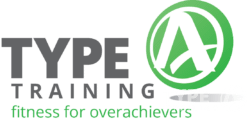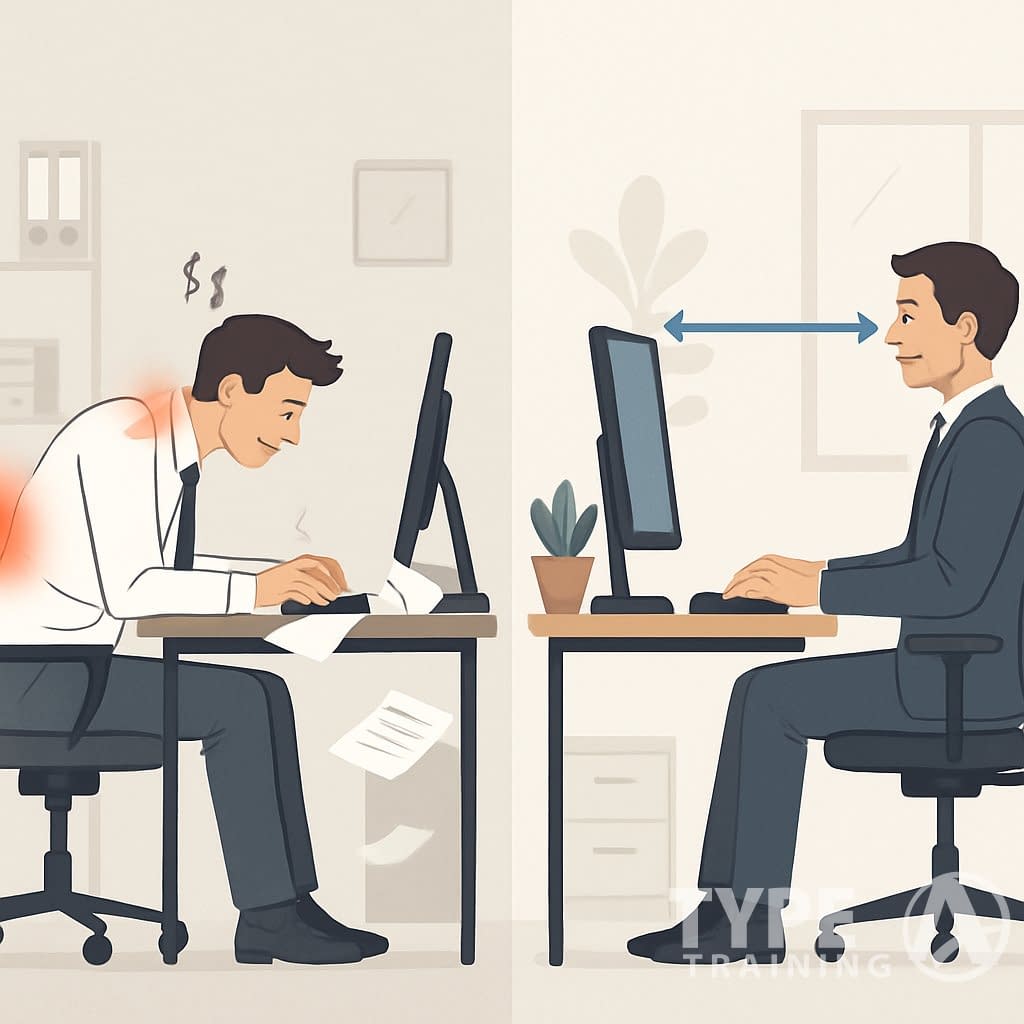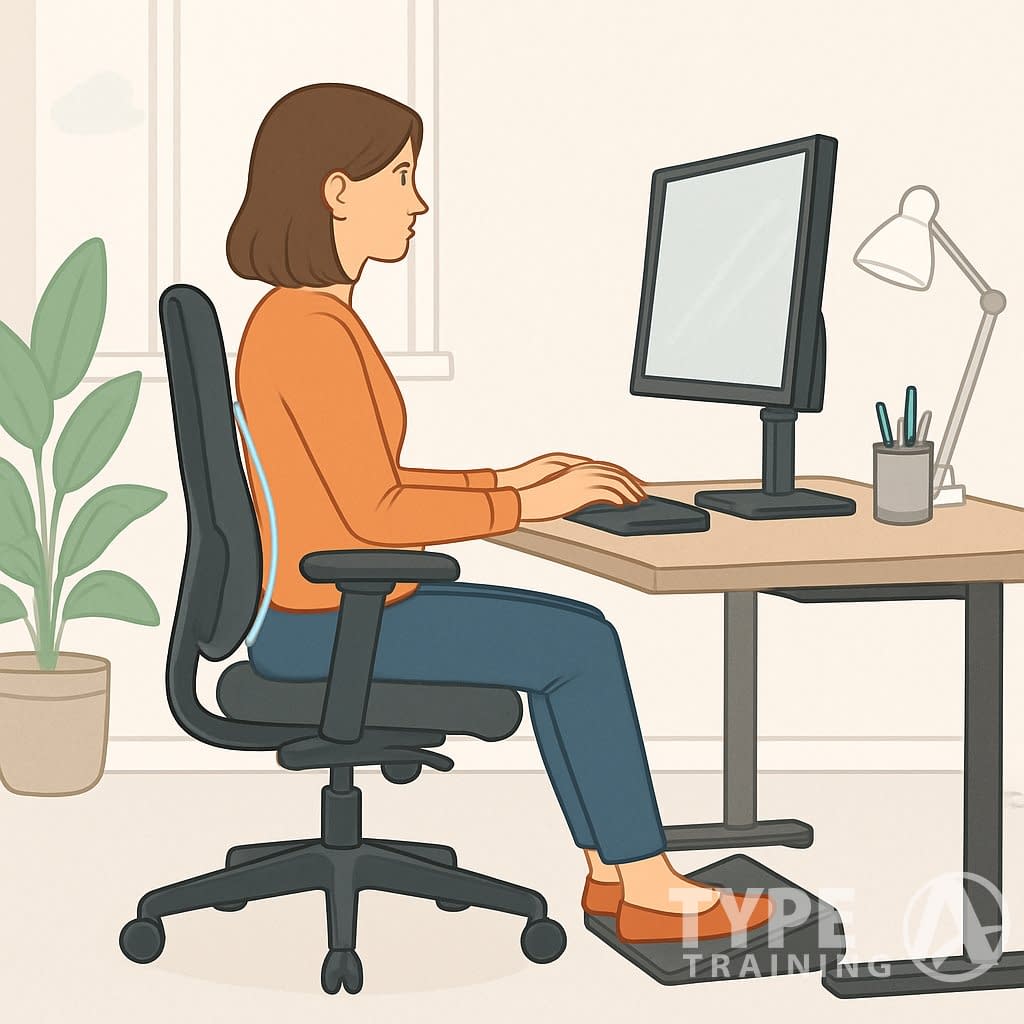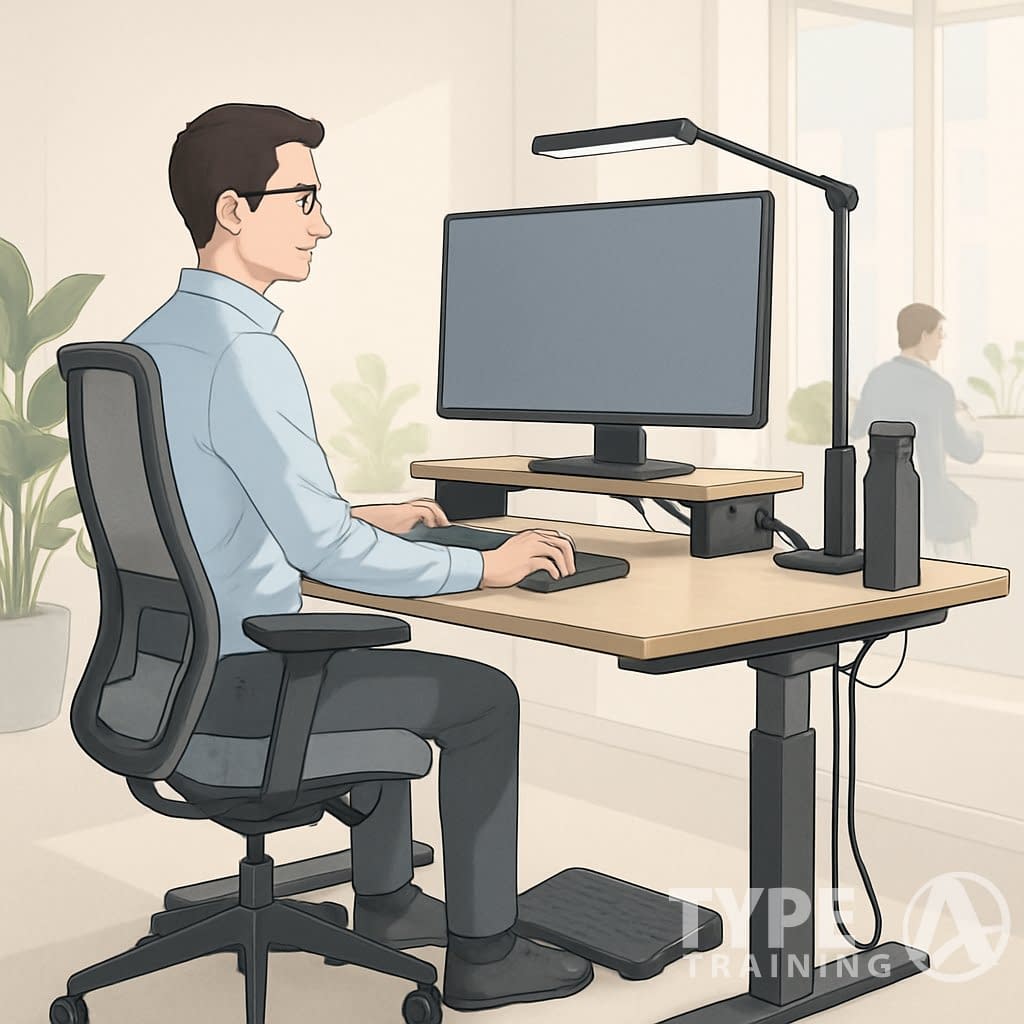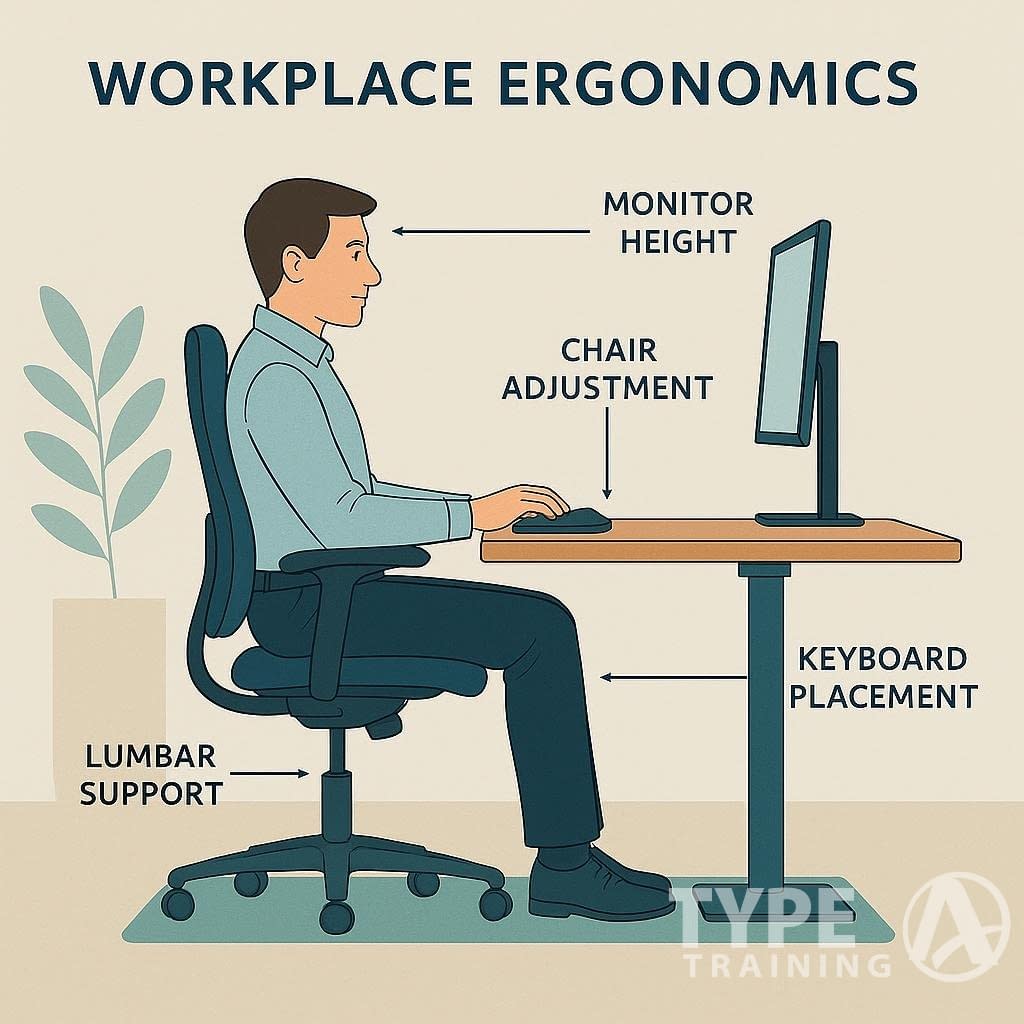Long hours at your desk don’t have to mean neck pain, sore wrists, or an aching back. Many busy professionals just accept workplace discomfort as normal, but poor ergonomics can seriously hurt your health, productivity, and even your mood. Understanding workplace ergonomics made simple can help alleviate these issues.
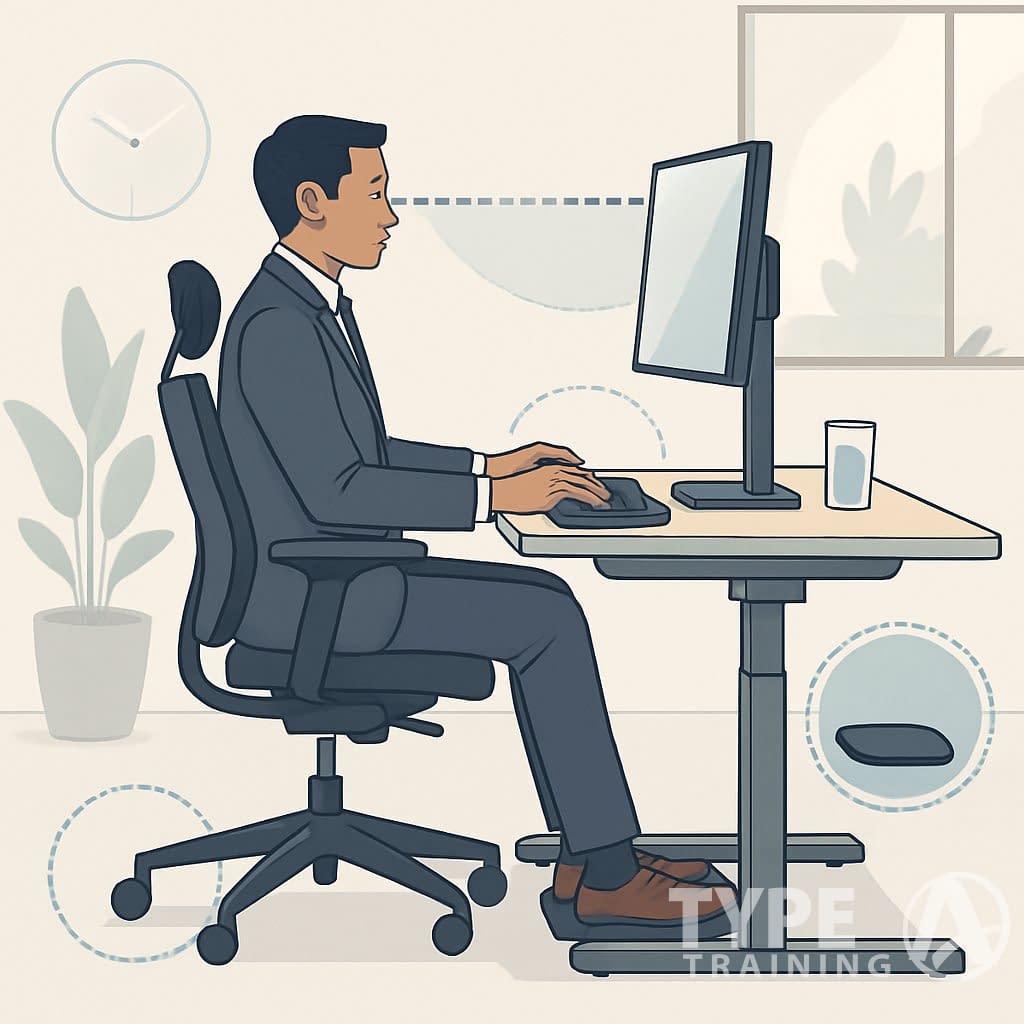
Simple ergonomic adjustments to your workspace can prevent muscle-related injuries and boost your daily comfort without requiring expensive equipment or major changes. Most fixes take just a few minutes and use stuff you probably already have at your desk.
Implementing workplace ergonomics made simple is crucial for a healthy work environment.
Popular posts:
This guide breaks down workplace ergonomics into quick, practical steps. You’ll see how to set up your workspace, pick helpful tools, and keep up healthy habits that actually protect you while you work.
With workplace ergonomics made simple, you can reduce strain and improve efficiency.
Key Takeaways
- Poor workplace setup causes preventable injuries that reduce your productivity and comfort
- Basic ergonomic changes like adjusting chair height and monitor position make a big difference
- Regular assessment and small adjustments help maintain a healthy work environment long-term
Understanding Workplace Ergonomics
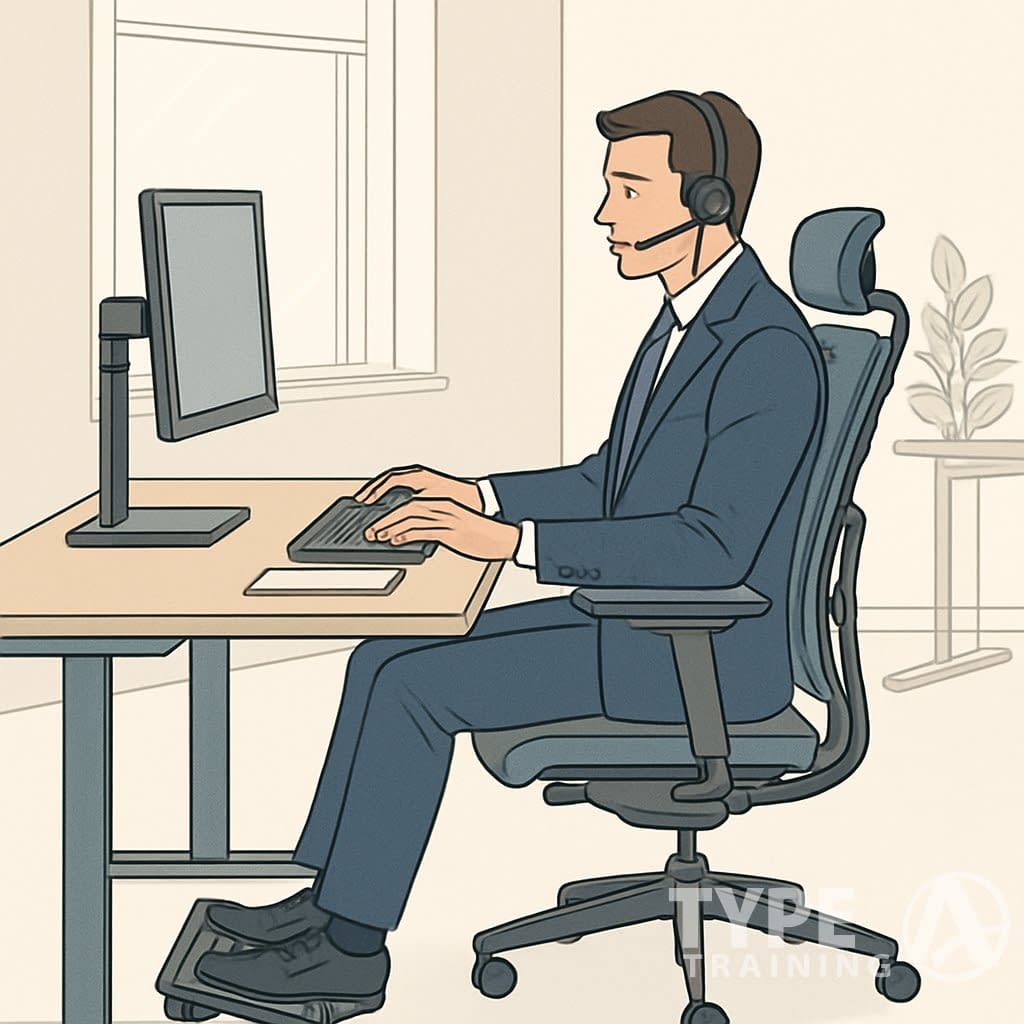
Workplace ergonomics is basically the science of making your work environment fit your body, not the other way around. Good ergonomics can prevent injuries, reduce pain, and help you work better just by tweaking your setup and how you move.
Embracing workplace ergonomics made simple ensures that your setup fits your body.
What Is Ergonomics and Why It Matters
Ergonomics looks at how your workspace and tasks match up with your physical and mental abilities. It’s about creating an environment that supports your natural movements and positions.
The science behind it studies how you interact with your tools and space. It pays attention to your posture, your movements, and what your job demands from your body.
Why ergonomics matters for your health:
By applying workplace ergonomics made simple, you can enhance both comfort and productivity.
- Prevents muscle strain and joint pain
- Reduces risk of repetitive stress injuries
- Decreases fatigue during long work hours
- Improves blood flow and circulation
Benefits for your work performance:
Workplace ergonomics made simple leads to significant benefits in your daily tasks.
- Increases focus and concentration
- Reduces time lost to discomfort
- Improves accuracy in tasks
- Boosts overall job satisfaction
If you ignore ergonomics, you can end up with musculoskeletal disorders (MSDs) like back pain, neck strain, and wrist problems. These sneak up slowly, but they can make work miserable.
Ignoring workplace ergonomics made simple can lead to serious discomfort and long-term health issues.
Key Ergonomic Principles for Professionals
A few core ergonomic principles help you set up your workspace the right way. These work whether you’re in an office, a factory, or anywhere else.
Following the principles of workplace ergonomics made simple will improve your work setup.
Maintain neutral postures:
Keep your joints in their natural, comfy positions. Try not to bend, twist, or reach for long stretches.
Balance your head over your shoulders. Let your shoulders relax—no hunching or tensing up.
Follow the 90-degree rule:
- Elbows at 90 degrees when typing
- Knees at 90 degrees when sitting
- Feet flat on the floor or a footrest
Reduce force and repetition:
Pick tools that don’t need a death grip. Take a break from repetitive tasks every half hour or so.
Switch up your tasks if you can. Give overworked muscles a chance to rest.
Keep essentials close by:
Put your keyboard, mouse, and phone within easy reach. No stretching or leaning just to answer a call.
Set your monitor about 20-26 inches from your eyes. The top of the screen should be at or just below eye level.
Common Workplace Ergonomics Myths
Every workplace should consider workplace ergonomics made simple to promote a healthier environment.
A lot of people believe myths about ergonomics, and they can actually make things worse. Let’s clear up a few common ones.
Myth: Expensive ergonomic equipment fixes everything
Honestly, simple adjustments usually help more than pricey gear. Getting your monitor and keyboard in the right spot matters way more than buying some fancy chair.
You can use books to raise your monitor or a rolled towel for back support. No need to blow your budget.
Myth: Good posture means sitting perfectly straight
Trying to sit rigid all day just makes you tense and tired. Your body needs to move and shift around.
The best posture is your next posture. Change positions every 20-30 minutes so you don’t stiffen up.
Myth: Standing desks solve all sitting problems
Standing all day can be just as rough—think tired legs and sore feet. The trick is to switch between sitting and standing.
If you’re new to standing desks, start with 15-30 minutes at a time. Work up from there as your body gets used to it.
Myth: Ergonomics only matters for office workers
Every job comes with ergonomic issues. Factory workers, healthcare pros, retail staff—they all need good ergonomics.
If you do manual labor, you might even be at higher risk. Lifting right and choosing the best tools really matters.
The Impact of Poor Ergonomics on Health and Productivity
Poor ergonomics hits your body and your work hard. If your space doesn’t fit your needs, you risk muscle and joint problems, chronic back pain, and even eye strain that slows you down.
Musculoskeletal Disorders and Injuries
Musculoskeletal disorders (MSDs) are super common with bad ergonomics. They mess with your muscles, joints, tendons, and nerves.
Carpal tunnel syndrome can show up if you keep bending your wrists while typing or using a mouse. The median nerve gets squeezed, causing numbness and pain in your hands.
Neck and shoulder strain happens if your screen sits too low or too high. You end up craning your neck for hours, and that’s just asking for trouble.
Incorporating workplace ergonomics made simple reduces the risk of injuries.
MSDs from poor ergonomics include:
- Carpal tunnel syndrome
- Tendinitis in wrists and elbows
- Rotator cuff injuries
- Neck strain
- Hip and knee problems
These injuries creep up over months or years. You might not even notice until things get really uncomfortable.
Link Between Ergonomics and Back Pain
Back pain is probably the number one complaint from office workers. Bad chairs and desk setups put extra stress on your spine all day.
Proper posture is part of workplace ergonomics made simple.
Sitting in a chair without lumbar support makes your lower back curve in ways it shouldn’t. Your muscles strain, and your spinal discs get compressed.
A desk that’s too high forces you to shrug your shoulders. Too low, and you hunch forward. Neither is good for your back.
Stuff that causes back pain:
- No lumbar support in your chair
- Sitting too long without breaks
- Desk at the wrong height
- Slouching or bad posture
- Reaching too far for things
Back pain makes it tough to focus. You might miss more work or have to see a doctor—nobody wants that.
Understanding workplace ergonomics made simple can significantly improve your working conditions.
Effects on Eyes and Vision Health
Eye strain gets real when your computer setup doesn’t match your vision needs. Digital screens make your eyes work harder than reading paper.
If your monitor sits too close or too far, your eyes constantly refocus. That leads to headaches, blurry vision, and tired eyes by day’s end.
Bad lighting adds to the problem. Glare from windows or overhead lights bounces off your screen. Dim rooms force your eyes to strain even more.
Signs you’re straining your eyes:
- Dry or watery eyes
- Headaches
- Blurry vision
- Neck and shoulder pain
- Trouble focusing
Eye problems slow you down and make mistakes more likely. Reading gets harder, and your work feels like a slog.
Optimizing Your Workspace: Essential Ergonomic Setup Tips
Effective adjustments are key to workplace ergonomics made simple.
Tweaking your workspace prevents pain and helps you get more done. Focus on your desk and chair height, spine alignment, moving around, and reducing eye strain with better lighting.
Desk and Chair Ergonomic Adjustments
Your ergonomic chair is the backbone of your setup. Adjust the seat so your feet sit flat on the floor and your thighs are level.
Set your armrests at the same height as your elbows. Let your arms rest without lifting your shoulders or pushing your elbows out.
Check your desk height. Your elbows should be at 90 degrees while typing. If the desk is too high, raise your chair and use a footrest.
Clear out space under your desk for your legs. Don’t stash stuff down there that makes you sit weird.
| Component | Proper Adjustment |
|---|---|
| Chair height | Feet flat, thighs parallel to floor |
| Armrests | At elbow level, shoulders relaxed |
| Desk space | No storage items blocking leg room |
Proper Posture and Lumbar Support
Lumbar support keeps your lower back’s natural curve. Your chair should have adjustable back support that fits right in the small of your back.
Utilizing workplace ergonomics made simple can enhance your overall comfort.
Sit all the way back in your chair. Try to keep your spine’s S-curve, not flatten it out.
Keep your head lined up with your shoulders. Don’t lean forward or tilt your head down for too long.
Let your shoulders relax and stay even. Rolling them back now and then helps keep tension away.
Put your keyboard right in front of you. This keeps your wrists straight and prevents twisting your body.
Standing Desks and Movement Integration
Standing desks let you mix things up. Start by standing 15-30 minutes at a time during your workday.
Adjust your standing desk so your elbows stay at 90 degrees. Keep your wrists straight while typing.
Use an anti-fatigue mat if you can. It takes pressure off your feet and legs.
Movement breaks matter, even with the best setup. Stand up and walk around for a couple minutes every hour.
Taking breaks is part of making workplace ergonomics made simple.
Try simple desk stretches too. Roll your shoulders, stretch your neck, and flex your wrists now and then.
Lighting and Reducing Eye Strain
Keep your monitor about 20-26 inches from your face. The top should be at or just below eye level.
Cut down on eye strain with the 20-20-20 rule: every 20 minutes, look at something 20 feet away for 20 seconds.
Adjust screen brightness to match your room. Your monitor shouldn’t be the brightest or darkest thing you see.
Put your monitor at a right angle to windows to dodge glare. Use blinds or curtains to manage natural light.
If you use paper documents, try a document holder at the same height and distance as your monitor. It saves your neck from constant turning.
Ergonomic Tools and Accessories for Busy Professionals
Having the right ergonomic tools can make your workday way more comfortable. A supportive chair, correct wrist positioning, and well-placed monitors are the basics of a good setup.
Having the right tools aligns with workplace ergonomics made simple.
Selecting an Ergonomic Chair
Your chair really is the MVP of your workspace. An ergonomic chair should support your spine’s curve and let you adjust a bunch of things.
Look for these features:
- Lumbar support for your lower back
- Adjustable seat height so your feet stay flat
- Armrests that let your elbows rest at 90 degrees
- Seat depth leaving 2-4 inches between your knees and the seat edge
Raise or lower your chair so your thighs are parallel to the floor. Knees should bend at 90 degrees with feet flat.
Tilt the backrest just a bit—about 100-110 degrees. It’s actually better for your spine than sitting bolt upright.
A good ergonomic chair might cost more, but it can save you from expensive health issues down the line. Plus, it really does help you focus and keep your energy up all day.
The Role of Wrist Rests and Keyboard Placement
Proper wrist positioning helps prevent pain and injury from typing. Keep your wrists straight and neutral—don’t let them bend up or down.
Wrist positioning is critical in workplace ergonomics made simple.
Set your keyboard at elbow height. Let your arms hang naturally at your sides, with elbows tucked in.
Wrist rests give you support when you’re taking breaks from typing. Use them only while pausing, not during active typing. Your hands should float above the keyboard as you work.
Keep your mouse at the same level as your keyboard. Place it close enough that you’re not stretching to reach it.
If you type for long stretches, consider a split or curved keyboard. These shapes fit your hands’ natural angle better than flat keyboards.
Take breaks every 30 minutes to stretch your hands and wrists. It keeps stiffness away and gets blood moving in your fingers.
Monitor and Equipment Positioning
Monitor setup really impacts your neck and eyes. Bad positioning can lead to strain and headaches before you know it.
Keep your screen about 20-26 inches from your eyes, roughly arm’s length. The top edge of your monitor should line up with, or sit just below, your eye level.
For laptop users: Prop up your laptop with a stand and plug in an external keyboard. Laptops make you look down, which isn’t great for your neck.
If you use more than one monitor, line them up at the same height. Your main screen should sit right in front of you.
Tilt your monitor back 10-20 degrees to cut down on glare. Adjust the brightness so it matches your room’s lighting.
Keep things you use all the time—phone, papers, office supplies—within easy reach. No need to twist or stretch.
Good lighting helps reduce eye strain. A desk lamp can light your work area without reflecting off your screen.
Good lighting is essential in workplace ergonomics made simple.
Implementing and Maintaining Ergonomic Practices
A solid workplace ergonomics program means regular checkups, prevention, and sticking to healthy habits. These pieces all work together to lower injuries and help people get more done.
Conducting Ergonomic Assessments
Start by taking a good look at your workspace. Check your desk height, chair position, and where you’ve placed your monitor. See if your feet rest flat on the floor and if your arms stay relaxed while typing.
Use a simple checklist to review each workstation. Watch for awkward postures, repetitive movements, or anything that feels off. Snapping a few photos can help you spot issues.
Key areas to assess:
- Monitor distance and height
- Keyboard and mouse placement
- Chair support and adjustability
- Lighting and glare issues
- Frequently used items within arm’s reach
Do these assessments every six months or whenever someone feels uncomfortable. Get employees involved—they know their work habits best.
Jot your findings down in a spreadsheet. You’ll start to see which issues pop up most often.
Preventive Strategies for Musculoskeletal Disorders
Preventive strategies align with workplace ergonomics made simple.
Focus on removing risk factors before anyone gets hurt. MSDs sneak up from repeated stress on muscles, joints, and tendons.
Primary prevention methods:
- Adjust workstations for each person
- Provide the right tools and equipment
- Rotate tasks to avoid repetitive motions
- Place equipment within easy reach
Show employees how to spot early warning signs—stiffness, aching, tingling. Deal with these symptoms quickly, before they get worse.
Change up work routines so people don’t stay in one position for too long. Encourage everyone to shift positions every 30 minutes.
Swap out old equipment that causes awkward postures. Adjustable desks, ergonomic keyboards, and supportive chairs make a big difference.
Encouraging Healthy Work Habits
Building healthy habits incorporates workplace ergonomics made simple principles.
Build movement into the day with reminders and simple policies. Set computer alerts for stretch breaks every hour.
Daily habits that help:
- Take micro-breaks every 20-30 minutes
- Switch between sitting and standing
- Relax your shoulders while typing
- Keep the monitor at eye level
- Use safe lifting techniques
Teach some basic stretches people can do at their desks. Focus on neck, shoulders, and wrists—those spots get tight fast.
Encouraging movement relates directly to workplace ergonomics made simple.
Make breaks a normal thing, not something to feel guilty about. If you lead, take your own breaks too.
Share resources like tip sheets or quick training videos. Keep the info easy to find and simple to follow.
Frequently Asked Questions
Understanding workplace ergonomics made simple is crucial for safety at work.
Getting your workstation set up right, understanding the health impact, and making practical changes all matter for safety. Regular check-ins and small posture tweaks help prevent injury and keep you working at your best.
What are the critical components of an ergonomic workstation setup?
Set your monitor at eye level, about 20-24 inches from your face. The top of the screen should be at or just below your eyes.
Your chair should support the curve of your lower back. Keep your feet flat on the floor and your thighs parallel to the ground.
Place your keyboard and mouse at elbow height. Keep your wrists straight while typing.
Your desk should let your arms hang naturally at your sides. Aim for a 90-degree elbow angle as you type.
Put things you use often within easy reach. It saves you from stretching and twisting all day.
How can poor workplace ergonomics affect employee health and productivity?
Bad ergonomics can lead to musculoskeletal disorders that mess with muscles, nerves, and tendons. Carpal tunnel, back pain, neck strain—these are all too common.
Addressing workplace ergonomics made simple is essential for health and productivity.
People miss work and get less done when they’re hurting. Fatigue, discomfort, and trouble focusing show up fast.
Repetitive moves and awkward postures can cause long-term problems. If you ignore symptoms, they just get worse.
Healthcare costs go up for everyone when injuries pile up. Fixing these issues isn’t cheap or quick.
When people hurt every day, job satisfaction drops. That means more folks quit, and hiring gets expensive.
What are some common examples of ergonomic improvements in the office environment?
Adjustable monitor stands help you set screens at the right height. No more craning your neck all the time.
Workplace ergonomics made simple includes various ergonomic tools and adjustments.
Ergonomic chairs with lumbar support keep your spine in line. Look for chairs you can adjust—height, armrests, seat depth.
Keyboard trays let you type with your wrists straight and shoulders relaxed. They sit just below desk level.
Standing desks let you switch between sitting and standing. It’s a good way to break up long hours at a desk.
Footrests help if your chair’s too high and your feet don’t touch the floor. They keep your legs comfy and your blood moving.
Document holders put papers at eye level next to your monitor. You won’t need to twist your neck to look at them.
How often should an employee’s workstation be reviewed for ergonomic correctness?
Check workstations right away if someone reports pain or discomfort. Catching problems early stops them from getting worse.
Do formal reviews every year for all employees. Work setups need to change as job duties change.
After any equipment swap or office move, check setups again. New gear or layouts usually need some tweaks.
Watch higher-risk workers—those with past injuries—more often. Monthly or quarterly reviews might be needed.
Ask employees to do a quick self-check every week. They’ll spot little issues before they turn into big ones.
What are the steps to conduct an ergonomic risk assessment in the workplace?
Watch employees as they work. Look for awkward postures, repetitive moves, or anything that requires too much force.
Regular reviews of workplace ergonomics made simple ensure ongoing comfort and safety.
Write down any risky tasks like heavy lifting, reaching overhead, or long stretches of sitting. Note how often and how long these things happen.
Talk to workers about their daily routines and any pain they feel. Their feedback usually uncovers problems you won’t see just by watching.
Measure desks, chairs, and monitor positions. Compare what you find to ergonomic guidelines.
Documenting findings regarding workplace ergonomics made simple helps identify areas for improvement.
Figure out which jobs or people are most at risk. Fix those spots first.
Put together a plan with clear recommendations and deadlines. Tackle quick fixes right away, but don’t forget about bigger, long-term improvements.
Taking action based on workplace ergonomics made simple can lead to better outcomes.
Can you provide a checklist for maintaining good posture and ergonomics throughout the workday?
Keep your feet flat on the floor or on a footrest. Try to keep your thighs parallel to the ground, and aim for a 90-degree bend at your knees.
Maintaining good posture is part of workplace ergonomics made simple.
Sit all the way back in your chair. Let the backrest support your lower spine.
Relax your shoulders. Don’t let them creep forward or hunch up.
Set your monitor so you’re looking straight ahead or just a bit down. Try not to tilt your head up or down to see the screen.
Keep your wrists straight when you type or use the mouse. Let your hands rest lightly on the keyboard, not your wrists.
Stand up and move around every 30 to 60 minutes. Even a quick stretch can help shake off tension and get your blood moving.
Incorporate workplace ergonomics made simple into your daily routine for best results.
Keep the stuff you use most often within easy reach. Store heavier things at waist height, not way up high or down by your feet.
Workplace ergonomics made simple should be a priority in every workspace.
